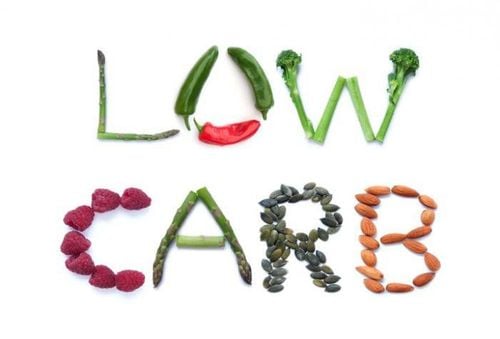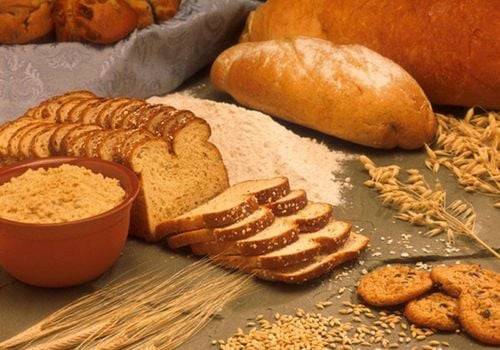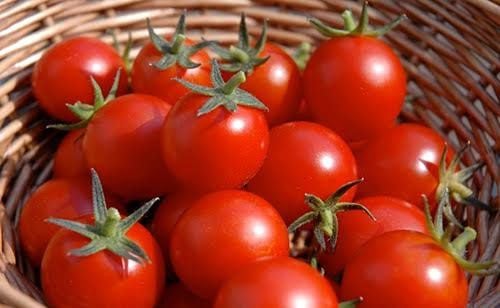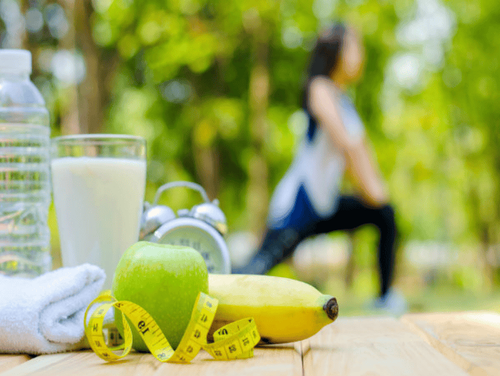This is an automatically translated article.
Eating a lot of vegetables is very good for health. A variety of vegetable foods includes many different foods. Any vegetable or vegetable juice is also considered a vegetable food. We can buy fresh, frozen, canned vegetables; prepare vegetables whole or cut, mash and eat vegetables raw or cooked.
1. What kind of food does the vegetable group include?
Based on nutrient content, the vegetable group is divided into 5 subgroups: dark green vegetables, starchy vegetables, red and orange vegetables, beans and peas, and other vegetables. In which, some fruit foods are considered part of the vegetable food group such as tomatoes, avocados, eggplants, cucumbers, green peppers, zucchini, avocado squash, etc. classified as a fruit because of the flesh surrounding the seed. However, for nutritional and culinary purposes, these foods are considered vegetables rather than fruits.
MORE: Are Green Vegetable Juices Beneficial? All you need to know
The Fruit group includes plant fruits that are sweet and/or sour. The vegetable group includes those plant fruits that do not have a sweet or sour taste and are often consumed along with other vegetables or as a vegetable.
Food group dark green vegetables include: broccoli, bok choy, broccoli, rape broccoli, baby broccoli, bok choy (cabbage), dark green lettuce, chicory, lettuce escarole, kale, lettuce, mixed greens, collard greens, lettuce (lettuce), spinach, collard greens, turnip greens, watercress. Foods rich in starchy vegetables include: tapioca, corn, green bananas, green lima beans, green beans, yellow radishes, bananas, white potatoes, taro, water chestnuts (sweet), yams. Food group red and orange vegetables include: zucchini, bell pepper, pumpkin, carrot, pumpkin, red pepper, sweet pepper, sweet potato, tomato, 100% vegetable juice. Legumes and peas group foods include: black beans, black-eyed peas (ripe, dry), chickpeas, chickpeas, young soybeans, spiced or mashed chickpeas), peas, chickpeas, kidney beans, lentils, lima beans, apricot beans, pinto beans, soybeans, peas, white beans (note, beans and peas are also part of the protein food group). Other vegetable foods include: alfalfa, artichokes, asparagus, avocado, bamboo shoots, bean sprouts, beets, Brussels sprouts, cabbage, cauliflower, celery, cucumber, eggplant, garlic, green beans , green peppers, tubers, leeks, lettuce, icebergs, mung bean sprouts, mushrooms, okra, onions, pumpkins, purple cabbage, radishes, red cabbage, green onions, snow peas, tomatoes, radishes, wax beans, yellow squash, zucchini.
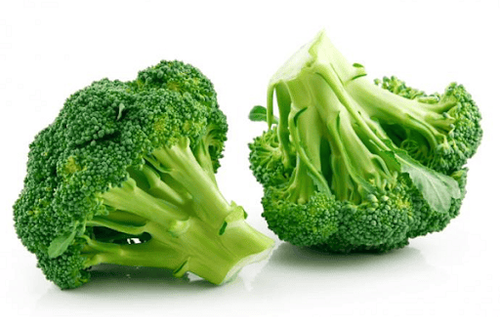
Thức ăn nhóm rau gồm những loại thực phẩm nào?
MORE: Eating green vegetables is the best way to prevent cancer
2. How many vegetables should be eaten?
The amount of vegetables to eat depends on the age, gender and physical activity level of each person. The amount each person needs can vary from 1 to 3 cups per day. People who are physically active may need more.
2.1 How much do you need to eat a lot of vegetables each day?
Eating a lot of vegetables every day helps to provide the body with an abundant amount of fiber and necessary vitamins and minerals. The recommended daily amount of vegetables below is suitable for people who are moderately physically active and less than 30 minutes a day. For people who are more physically active, they may need to consume more but still have to meet the body's calorie needs.
Children (2-8 years old): 1 - 1 1⁄2 cups/day. Girls (9-18 years old): 2 - 2 1⁄2 cups/day. Boys (9-18 years old): 2 1/2 - 3 cups/day. Women (19-50 years old): 2 1/2 cups/day. Men (19-50 years old): 3 cups/day.
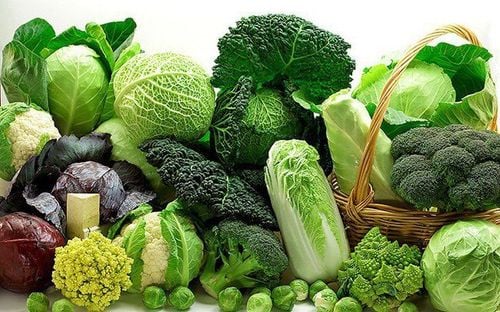
Nên tăng cường rau xanh vào chế độ ăn hàng ngày
2.2 Eat a lot of vegetables each week need how much?
Most recommendations for vegetable intake are given on a weekly basis. We don't have to eat specifically each subgroup of the vegetable group every day. However, for a week, try to eat as many of the vegetables listed from each of the subgroups to reach your recommended daily intake.
Children (2-8 years): 1⁄2 - 1 cup dark green vegetables, 2 1⁄2 - 3 cups red and orange vegetables, 1⁄2 cups beans and peas, 2 - 3 1⁄ 2 cups starchy vegetables, 1 1⁄2 - 2 1⁄2 cups other vegetables. Girls (9-18 years): 1⁄2 cups dark green vegetables, 4 - 5 1⁄2 cups red and orange vegetables, 1 - 1 1⁄2 cups beans and peas, 4-5 cups vegetables starchy, 3 1⁄2 - 4 cups other vegetables. Boys (9-18 years): 1 1⁄2 - 2 cups dark green vegetable group food, 5 1⁄2 - 6 cups red and orange vegetables, 1 1⁄2 - 2 cups beans and peas , 5-6 cups of starchy vegetables, 4-5 cups of other vegetables. Women (19-50 years old): 1 1⁄2 cups dark green vegetables, 5 1⁄2 cups red and orange vegetables, 1 1⁄2 - 1 cup beans and peas, 5 cups starchy vegetables , 4 cups of other vegetables. Men (19-50 years old): 2 cups dark green vegetables, 6 cups red and orange vegetables, 2 cups beans and peas, 6 cups starchy vegetables, 5 cups other vegetable foods. Vegetable foods are diverse and plentiful with many different foods classified into dark green vegetables, red and orange vegetables, starchy vegetables, beans and peas, and vegetables. other.
Please dial HOTLINE for more information or register for an appointment HERE. Download MyVinmec app to make appointments faster and to manage your bookings easily.
References: choosemyplate.gov, ask.usda.gov




